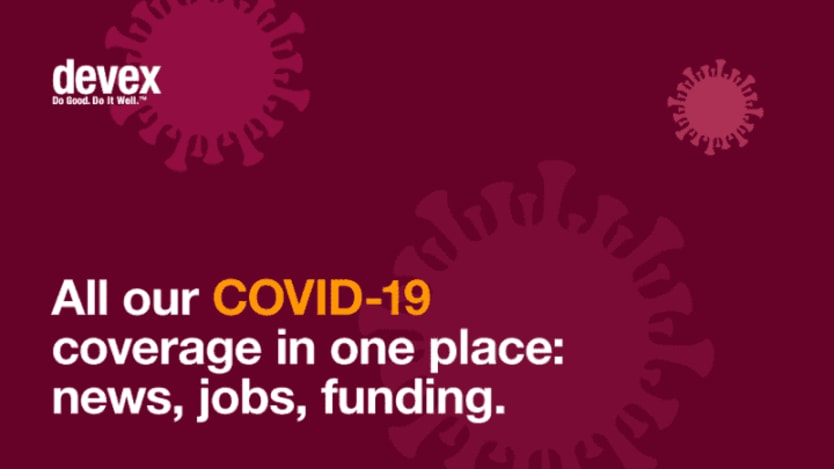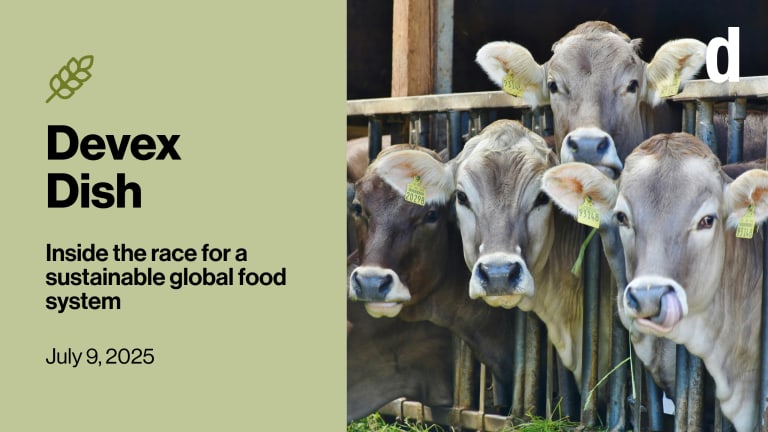
MANILA — Dry cough is a common symptom of the novel coronavirus. But can it be any different from other respiratory infections? Humans may not be able to tell, but perhaps artificial intelligence can.
That’s what Rahul Panicker and his team at the Wadhwani Institute for Artificial Intelligence, a nonprofit based in Mumbai focused on developing AI solutions for social good, want to know.
About two weeks ago, they started Cough Against Covid, a web page dedicated to crowdsourcing cough sounds from people who have tested for COVID-19. The project is supported by the Bill & Melinda Gates Foundation.
The process is simple: An individual uploads a recording of their cough and is asked to provide information such as present symptoms, other diseases they are suffering from, gender, and location — at least zip code — to determine whether the individual was from a region with high COVID-19 infection rates or not. The process also asks individuals for a picture of their COVID-19 test result.
As crowdsourced data can be “noisy,” since it is self-reported and likely taken in a non-controlled setting, the team has also partnered with local health facilities and state authorities to get data under medical supervision.
Once the team has enough material, they can develop an AI algorithm and see if it can correctly determine cough sounds associated with COVID-19 infection.
“Can we provide a slightly more targeted test than what is possible today and thereby contain the epidemic early?”
— Rahul Panicker, chief innovation officer, Wadhwani Institute for Artificial IntelligencePanicker tells Devex it’s not a replacement for established COVID-19 diagnostic tests, but rather an “in-between” screening tool to potentially detect who is likely to have COVID-19, allowing them to get tested early.
With the limited availability of testing kits, most authorities globally have had to impose criteria on who can be tested for COVID-19. That’s usually people showing severe symptoms of the disease, people with a history of travel to a place with confirmed COVID-19 transmission, or people with known contact to a confirmed COVID-19 patient.
Yet there are others whom doctors suspect to have COVID-19 but still can’t get tested because they simply don’t meet the testing criteria — and without knowing their status, people may transmit the disease unknowingly.
“The question is: Can we use AI techniques to actually provide some classification ... if someone is more likely to [have] COVID-19? … Can we provide a slightly more targeted test than what is possible today and thereby contain the epidemic early?” he said.
The use of AI
In the current pandemic, AI is being used to find effective therapeutics and vaccines, disseminate information on COVID-19, and in some cases, to help detect COVID-19 via chest X-rays.
Panicker said they have evaluated the latter’s potential, but found that “if we want to make a large-scale difference, it would be hard to screen everyone through X-rays or CT scans” as that would require individuals to access a health facility.
Tuberculosis in the time of COVID-19:
Panicker, who co-founded the company behind the award-winning Embrace infant warmers, said there have been some “small” research studies in the past that have tried to use AI to detect respiratory tract infections. AI has demonstrated its ability to identify particularities in sound and images that humans cannot, he said.
Cough sound analysis has been used in studies identifying pneumonia, common respiratory disorders in children such as asthma and croup, and for screening of tuberculosis patients.
Panicker said he’s not aware of any of this research having been deployed in clinical settings, but he emphasized that projects looking into the use of cough sound analysis require good data that’s validated and correctly integrated in the public health system.
Dr. Suvanand Sahu, deputy executive director of the Stop TB Partnership, said cough sound analysis technology has been used in triage for TB testing, and has been tried in some projects, but not at all used in routine settings.
“There was no demand for it so the technology also did not evolve — now there is opportunity in the context of the COVID pandemic because TB and COVID both have cough as a symptom,” he said.
Tempered optimism
Panicker said they aim for the project to be made available as widely as possible, and allow others to build on the solution they’ll end up creating. But he also admits the Cough Against Covid project is in its very early stages. Panicker said they just started in early April and have received only a few hundred cough recordings from individuals across 25 countries.
“When it comes to AI, the target tends to be nuanced. But broadly, we are looking for a few thousand coughs,” he said.
He hopes however that they’d be able to collect enough material by June, to be able to start testing the technology.
So while the idea of using cough sounds as an early screening tool for COVID-19 may be exciting, he also cautioned against “the hype and burden of expectation.”
“There's many unknowns here. For example, while we believe that the cough sound will provide a useful signal to be able to help provide more targeted testing of COVID, how useful will … the machine learning [be]? Is there a sufficiently useful technology solution that can be developed? We'll only know as we develop it,” he said.
And even if they end up with a technological solution, they will still need to constantly monitor it in deployment.
“Any sort of deployment has to be carefully controlled … You don't want a lot of false positives or false negatives, for example,” he said.
But if it proves a success, the usefulness of this innovation could extend beyond COVID-19.
Visit our dedicated COVID-19 page for news, job opportunities, and funding insights.









